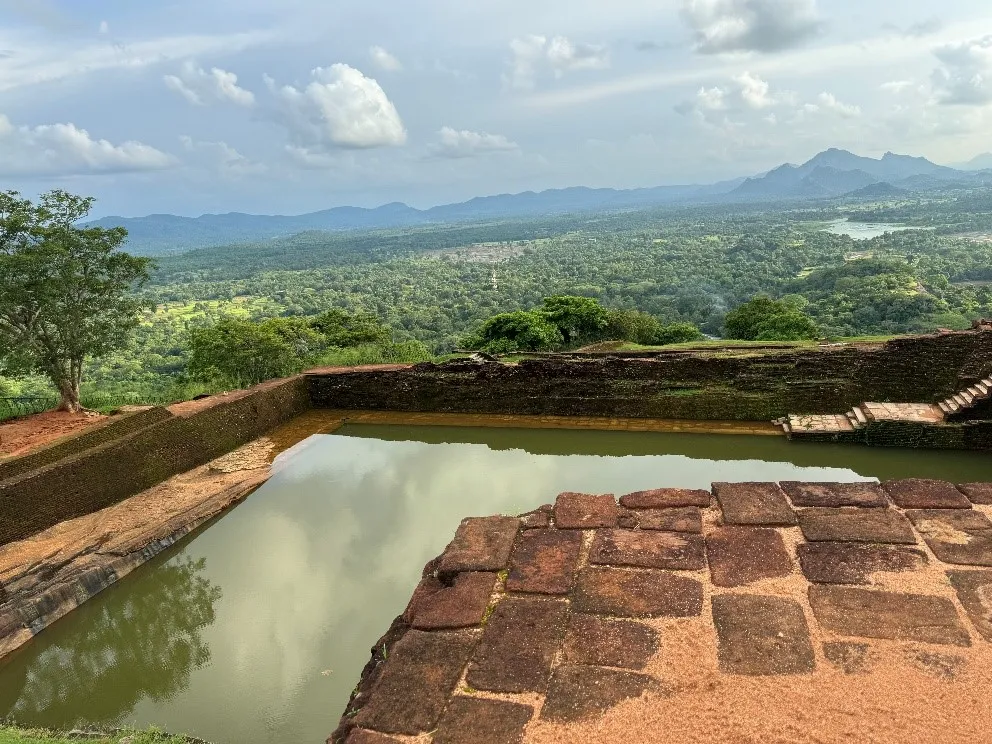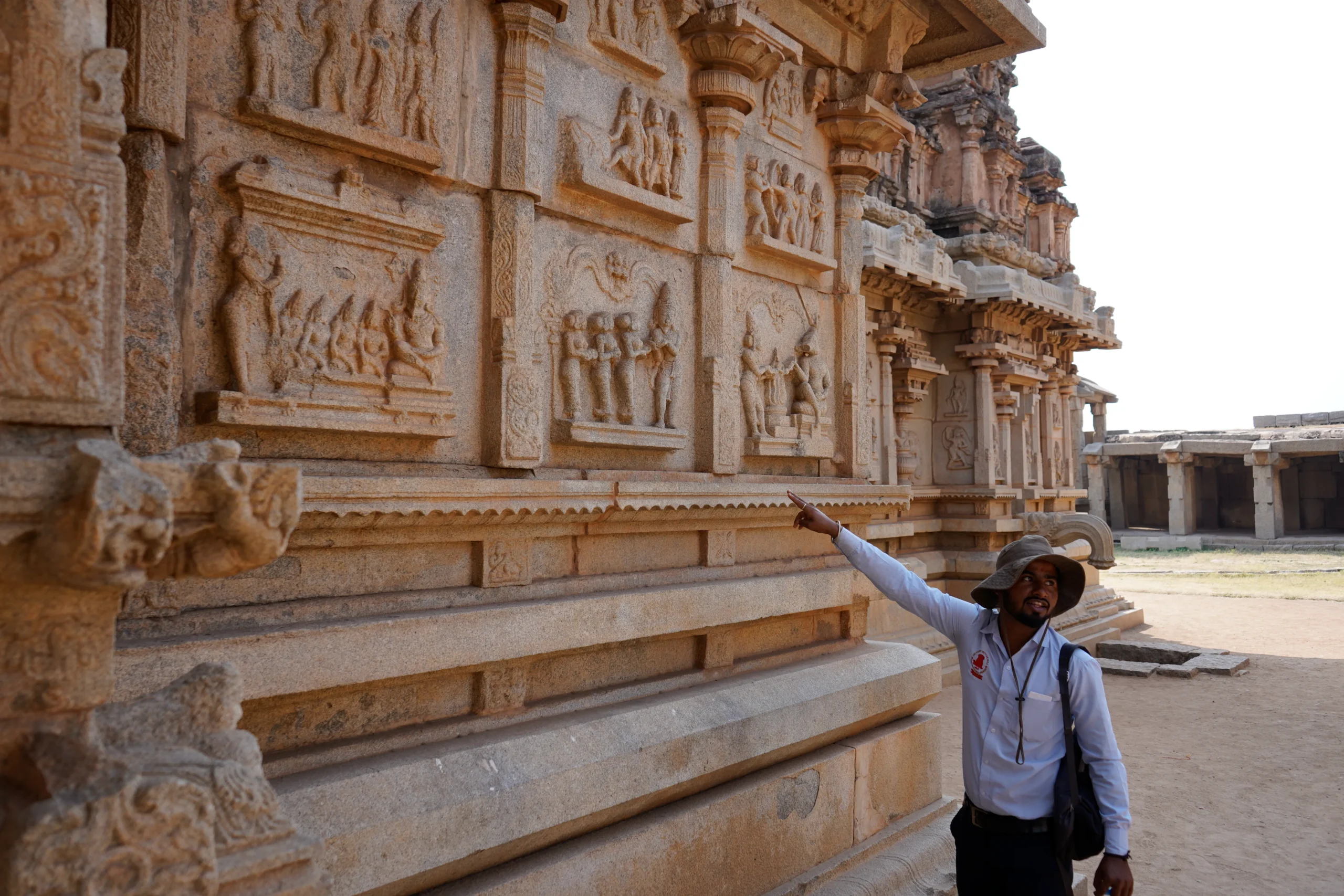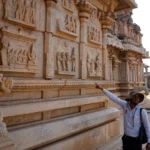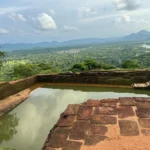Why Hampi Is Magical: Myths, Monuments & the Breathtaking Boulderscape (2025 Guide)
Lorem Ipsum is simply dummy text of the printing and typesetting industry. Lorem Ipsum has been the industry’s standard
Ritu Goyal Harish
There’s a small, undeniable moment in Hampi that makes visitors stop and breathe: the way granite boulders stack against the sky, a temple carving catches the light, and the weight of centuries feels warm and oddly familiar. Hampi is equal parts landscape, history and myth — an open-air archive of the Vijayanagara Empire and the place many locals still call Kishkindha, the monkey-king’s country from the Ramayana.
This guide is your human, practical map to Hampi in 2025: what to see, when to go, where to shoot photographs, and how to enjoy the place without burning yourself out. If you want the feeling more than the logistics, check the easy option at the end — a relaxed, guided package that handles all the details.
Prefer to enjoy Hampi without the planning stress? See our Hampi trip — comfortable transport, gentle pacing, and local guides.
The Story of Vijayanagara & the Myth of Kishkindha
Hampi was the heart of the Vijayanagara Empire a city of palaces, markets and temples whose stone skeleton is now a hauntingly beautiful ruin. Walk among the royal enclosure and you can still imagine traders and musicians passing beneath carved lintels. Added to this is a mythic layer: many locals link Hampi to Kishkindha in the Ramayana. That narrative overlay — legend meeting ruin is what gives Hampi its uncanny, narrative-rich atmosphere. Don’t just look at the stones: listen to the stories the guides tell and the way the landscape seems to repeat itself in rock and ruin.
Top Sights
Short bulleted guide you can skim and click through.
- Virupaksha Temple — A living temple at Hampi’s spiritual center. Best at dawn to feel the calm and watch morning rituals.
- Vittala Temple & Stone Chariot — The site everyone imagines when they think of Hampi. Musical pillars and the stone chariot are delicate and photogenic.
- Matanga Hill — The premier sunrise viewpoint. You’ll see the boulder-strewn landscape unfold like a painting.
- Queen’s Bath & Royal Enclosure — Shaded courtyards and intimate architecture — great for the afternoon.
- Elephant Stables & Lotus Mahal — Symmetrical, photogenic structures with good shade.
- Tungabhadra River & Coracle Rides — Soft reflections and a different, more meditative view of Hampi.
Best Time to Visit & What to Expect by Season
- October–February (best): Cool days, crisp light for photos, and festival activity. Ideal for most travelers.
- March–May: Hot afternoons; plan all walking for early morning/late afternoon. Golden-hour shots are spectacular.
- Monsoon: Lush, dramatic scenery — but some paths may be slippery or closed. Check local conditions.
Pro tip: Matanga Hill and Vittala are best at sunrise for light and fewer people. Schedule heavy walking early.
How to Reach Hampi (Practical Options)?
- By train: Hospet (Hosapete Junction) is the closest major railhead — short transfer to Hampi. Trains are reliable and drop you close.
- By road: Bangalore → Hampi is a popular road route (around 6–7 hours), and scenic if you prefer a relaxed drive. Bus options exist but choose private transfer for comfort.
- By air: The nearest airports require a road transfer to Hospet/Hampi — factor that last leg into your day.
Local note: If you prefer minimal walking, plan transfers that drop you within a short walk of your accommodation or the site entrance.
Photo Spots & Sunrise Views
Hampi rewards photographers. Here are the high-ROI spots:
- Matanga Hill (sunrise): wide panoramas and dramatic boulder compositions.
- Vittala stone chariot (golden hour): soft light and fewer crowds if timed right.
- Tungabhadra at sunset: river reflections and silhouette shots.
- Close-ups at Virupaksha & Queen’s Bath: carvings and texture shots.
Is Hampi Suitable for Everyone? (Accessibility Notes)
Short answer: Mostly yes — with sensible planning. Hampi’s terrain includes uneven stone paths and short climbs. Many sites are accessible with short transfers and a little planning: pick hotels near the ruins, schedule early visits, and arrange a buggy or porter for uphill sections if needed.
Local Life & Small Pleasures (Food, Bazaars, Cafes)
Hampi’s small pleasures are low-key but memorable: chai under a banyan, local handicraft stalls along Hampi Bazaar, sleepy cafés that serve down-to-earth meals, and riverside dinners as the sun drops. Mention local favorites like small cafés and the bazaar artisans — these human details increase dwell time and shareability.
Practical Packing & Accessibility Tips (Short Bullets)
- Comfortable, slip-resistant shoes for rocky paths.
- Hat, sunscreen, sunglasses — sun is real.
- Refillable water bottle; carry electrolytes in summer.
- Walking stick or short folding cane if mobility is a concern.
- Light shawl for temple visits or cooler evenings.
Hampi is at its best when you can look up and breathe. If logistics feel like a chore, let us handle them: comfortable transfers, a relaxed pace, and local guides who know where to pause and where to linger.
Short FAQ (visible to readers) & JSON-LD for Search
Q: Is Hampi safe to visit?
A: Generally yes. Standard precautions — hydrated, shaded, and avoid long midday walks in summer — keep trips comfortable.
Q: How many days are enough?
A: Two full days cover the highlights. Three days is ideal for slow exploration and a nearby day trip.
Q: Are local guides necessary?
A: Guides provide context and save time — highly recommended for first-timers.
Author Details

Manav Tandon
Co-founder of MNS Vision, crafts and edits travel stories packed with smart tips, fun reads, and
planning ease.
Recent Blogs

How to Travel to Sri Lanka from India?







